Understanding suffixes Normal Building Vocabulary Worksheets for Ages 5-9
3 filtered results
-
From - To
Unlock the power of language with our "Understanding Suffixes" worksheets, designed for young learners ages 5-9. These engaging vocabulary-building activities help students grasp the concept of suffixes, enhancing their reading and writing skills. By exploring various word endings, children will discover how suffixes alter word meanings and improve their ability to decode new words. Our thoughtfully crafted worksheets are perfect for classroom use or home learning, making vocabulary development fun and interactive. Empower your child’s literacy journey and foster a lifelong love of reading with our comprehensive resources, tailored to meet the needs of early learners. Start exploring today!


Reading: Words With Suffixes Worksheet
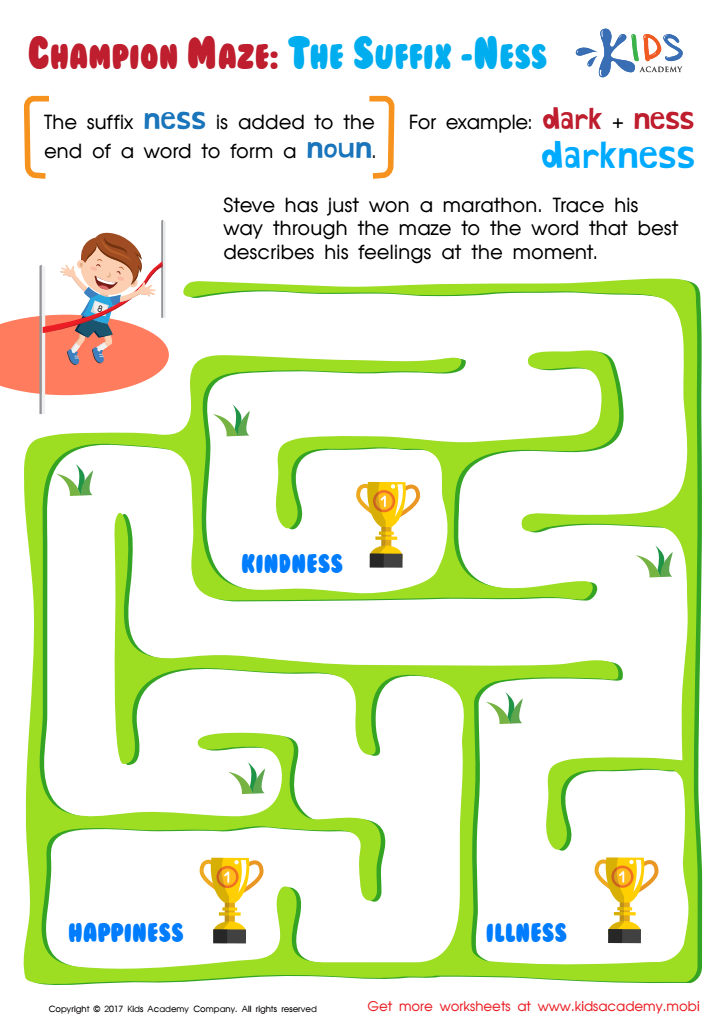

Suffix Ness Worksheet
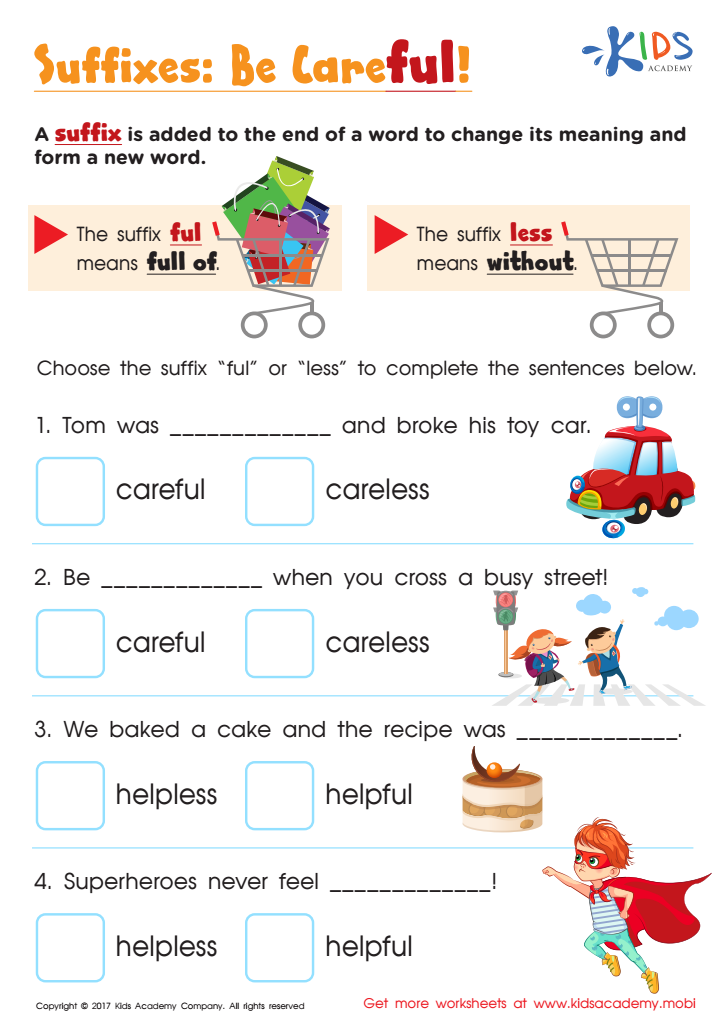

Suffixes Ful and Less Worksheet
Understanding suffixes is essential for children aged 5-9 as it plays a critical role in vocabulary development and language mastery. Suffixes, which are word endings that alter a word's meaning or grammatical function, help young learners grasp the concept of word formation. When children comprehend how suffixes like "-ing," "-ed," or "-ness" transform root words, they can decode unfamiliar words, enhancing their reading skills and overall literacy.
Parents and teachers should care about this because a strong vocabulary is foundational for academic success and effective communication. By engaging with suffixes, children can expand their vocabulary more efficiently. For instance, knowing that adding "-ed" to "play" creates "played," enables them to connect words and understand their usage in different contexts.
Furthermore, this understanding promotes critical thinking and encourages curiosity about language. It allows children to experiment with word formation, fostering creativity in their writing and speaking. Encouraging activities with suffixes can also be fun and interactive, making learning enjoyable. Ultimately, a solid grasp of suffixes not only enhances vocabulary but also builds confidence in language skills that are crucial throughout their educational journey. Hence, nurturing this understanding should be a priority for both parents and educators.
 Assign to My Students
Assign to My Students
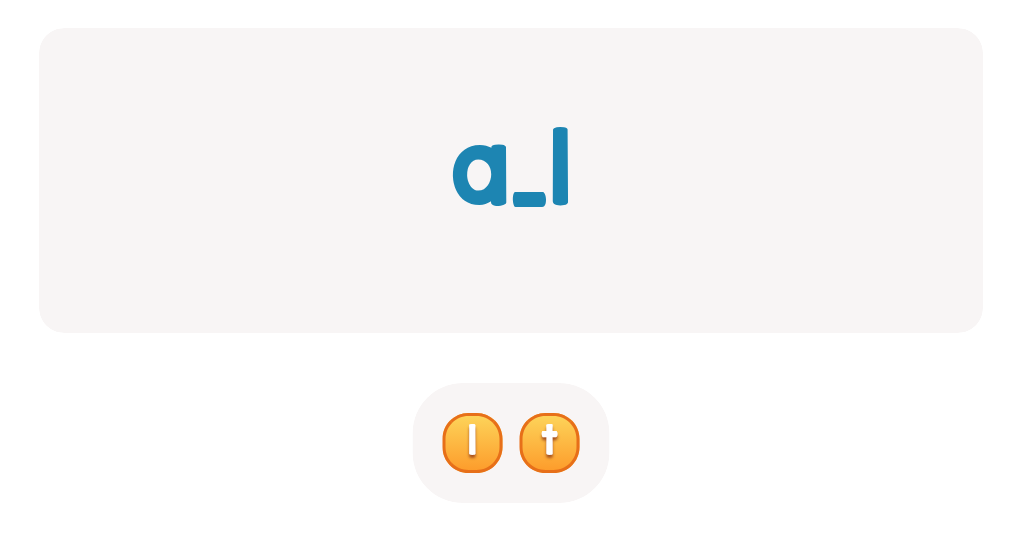

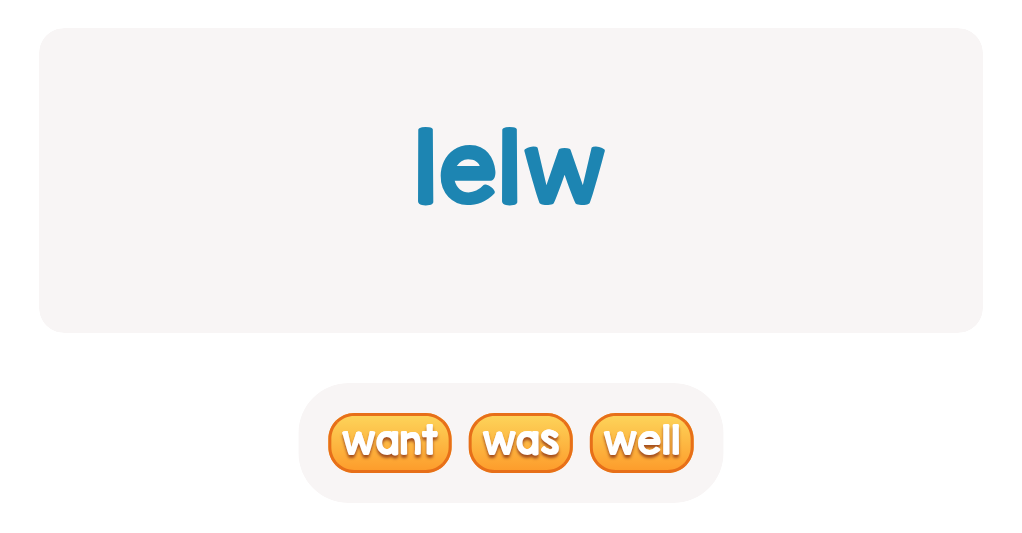
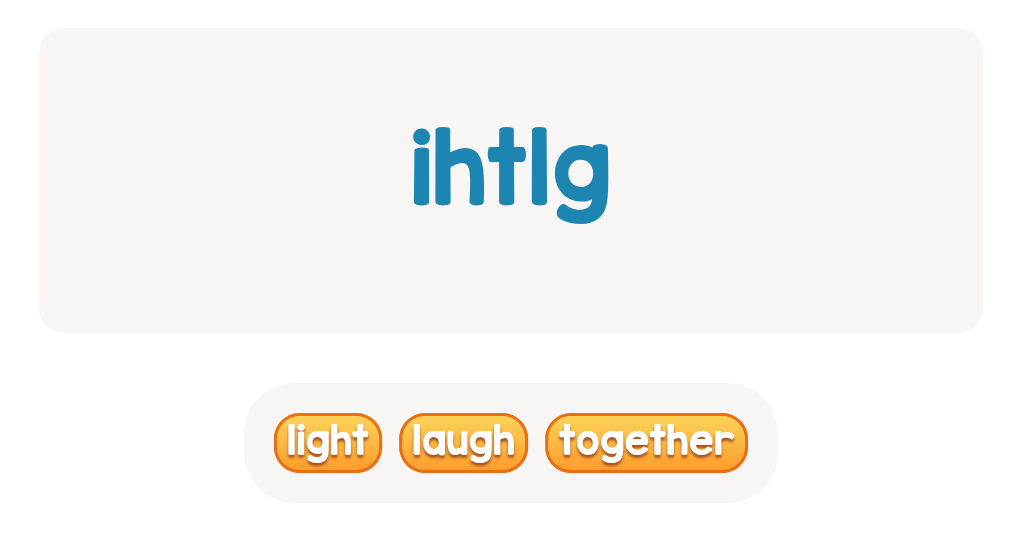
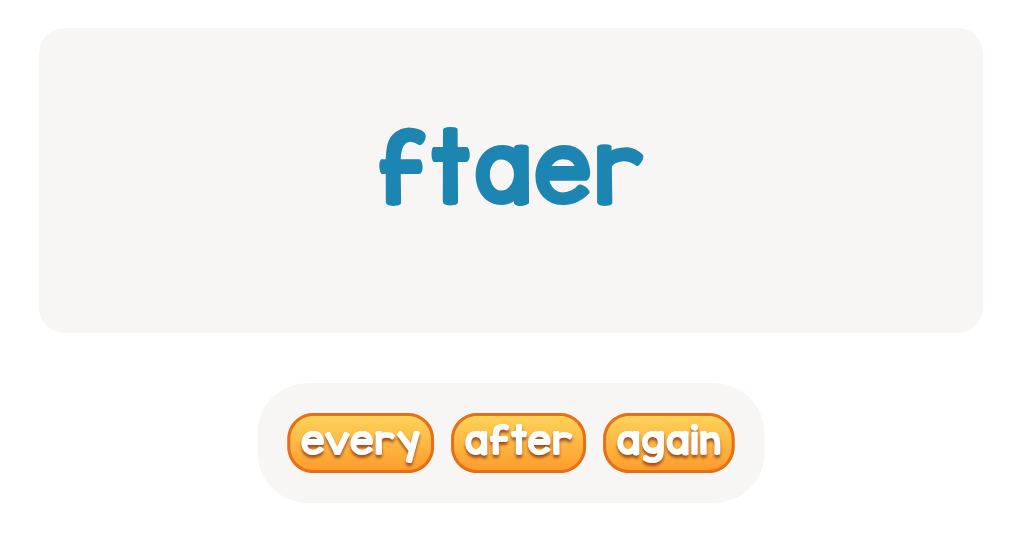
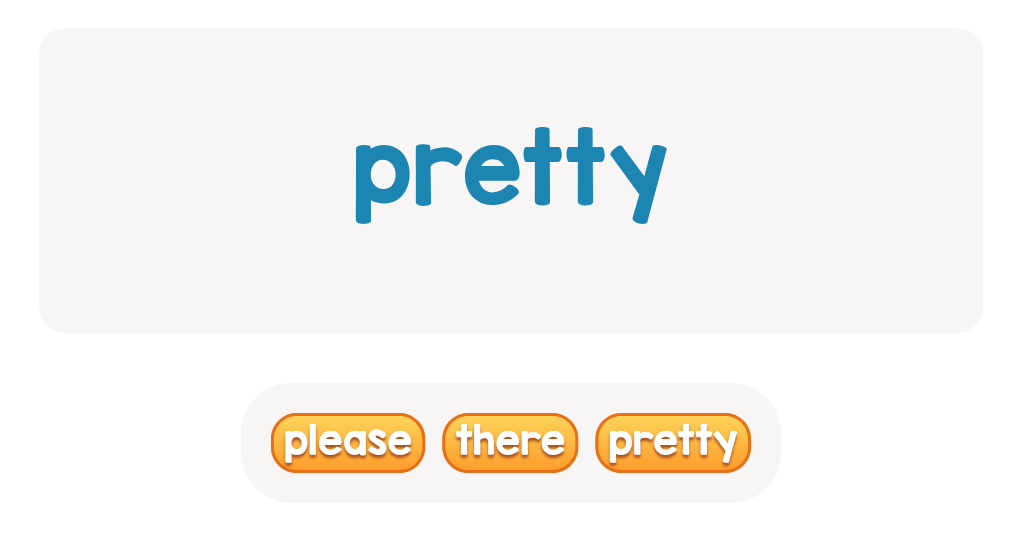
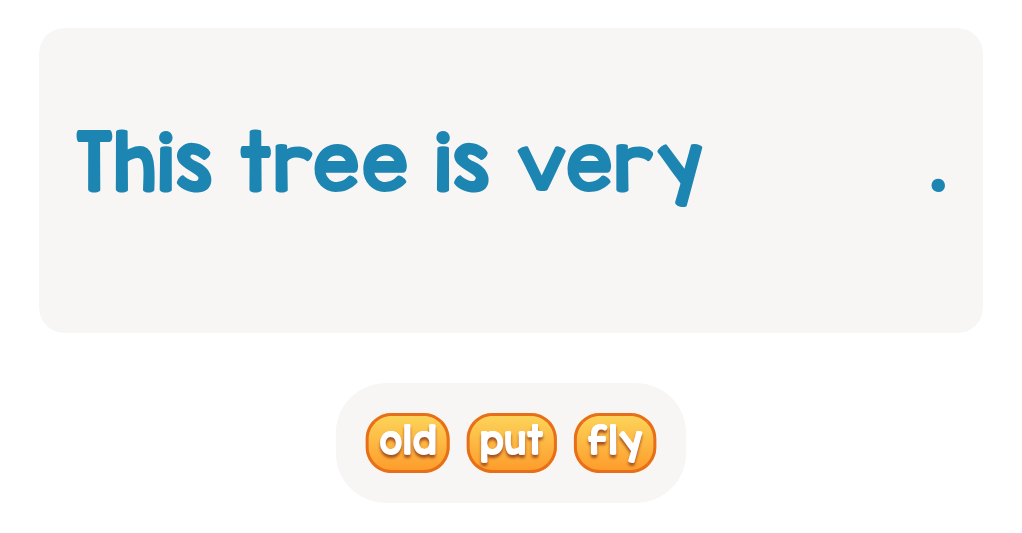
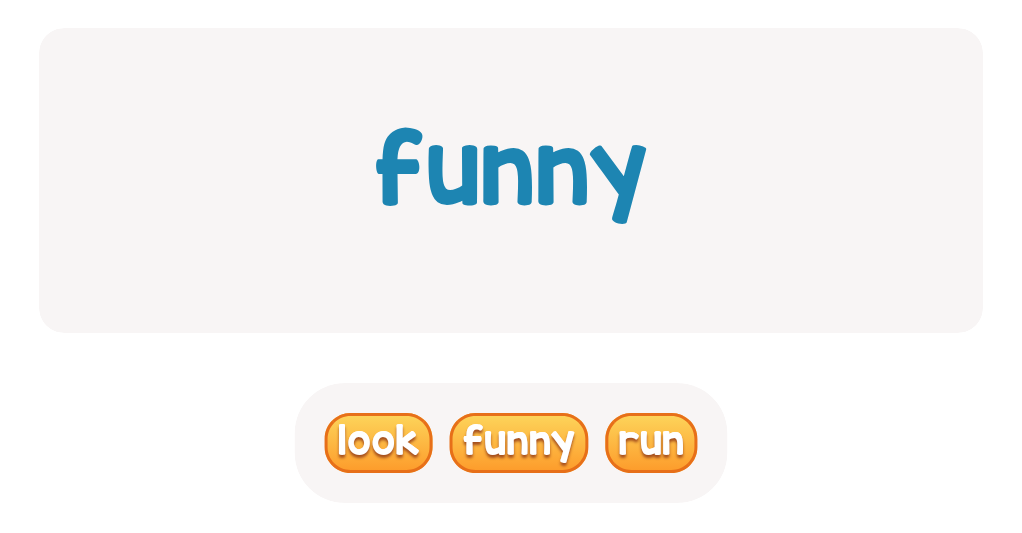
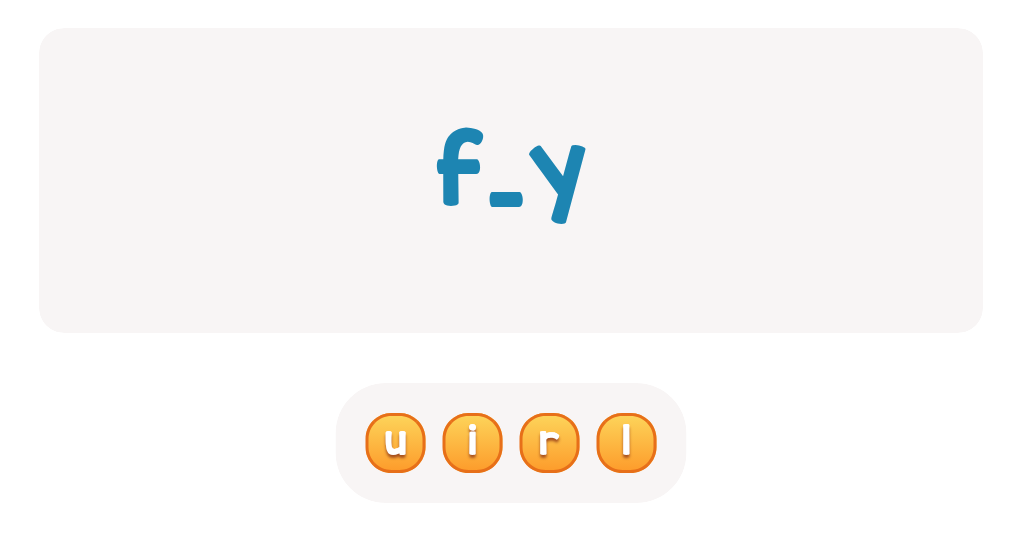








.jpg)












